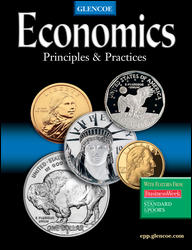1 A) $5,300 B) $10,300 C) $15,300 D) $20,300 2 A) compensation B) transfer C) closed D) grant-in-aid 3 A) grant-in-aid B) compensation C) government transformation D) fund switch 4 A) federal contrivance B) annual authorization C) federal budget D) annual stratagem 5 A) transportation B) national defense C) medicare D) Social Security 6 A) spending revenue ratio B) balanced budget C) balanced revenue D) annual spending 7 A) discretionary B) intergovernmental C) transfer D) educational 8 A) higher education B) elementary and secondary education C) public welfare D) highways 9 A) deficit B) surplus C) shortage D) discretionary 10 A) consumer debt B) deficit spending C) investor debt D) federal debt 11 A) crowding-out B) exponential C) appropriations D) pay-as-you-go 12 A) transfers B) consumer supports C) entitlements D) eligibility quotas





